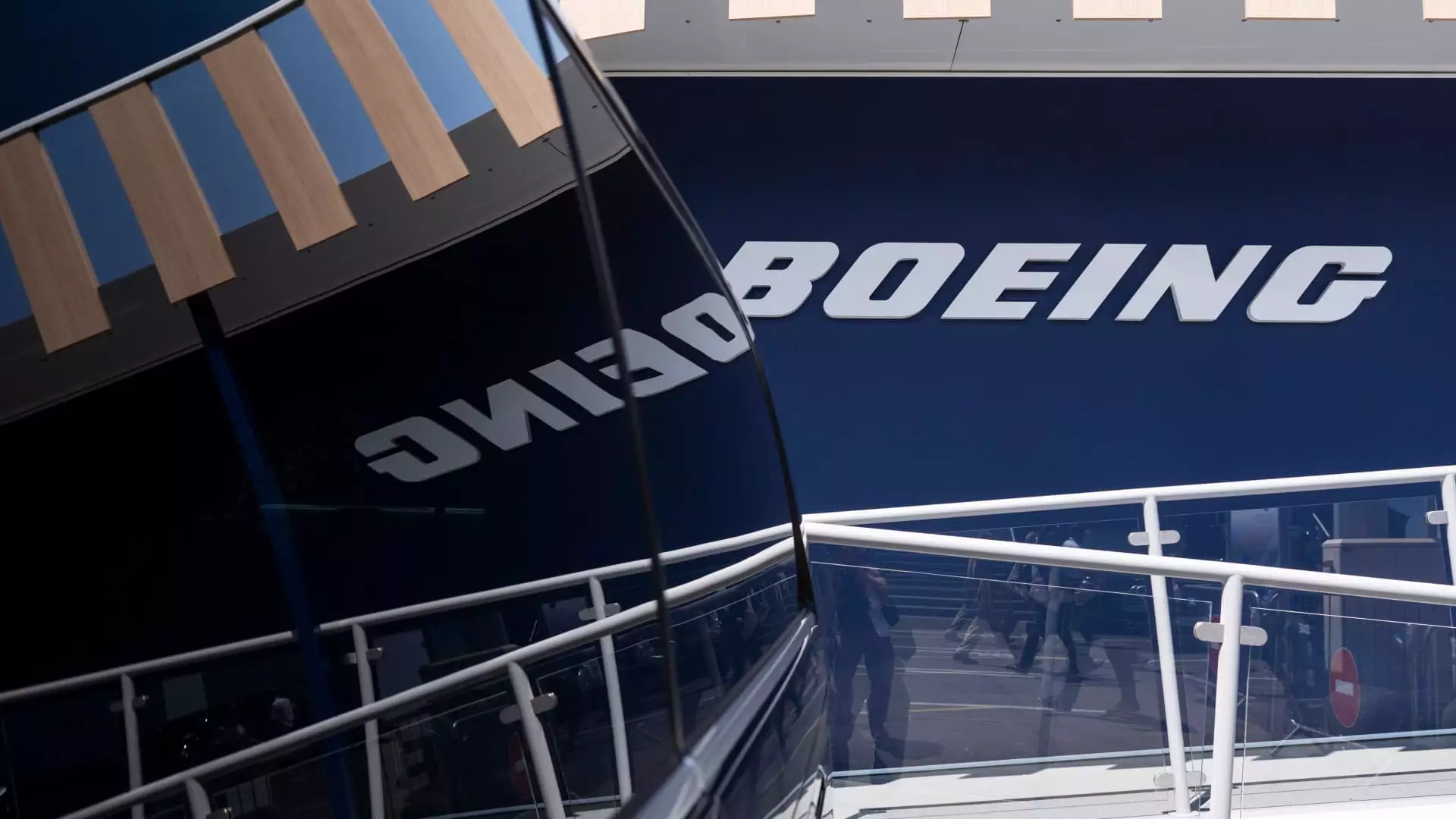Despite the optimistic headlines and rising stock prices, Boeing’s so-called recovery remains a precarious balancing act teetering on the edge of deeper institutional flaws. The recent shift in leadership under CEO Kelly Ortberg appears promising on the surface, yet beneath this veneer lies a tumultuous landscape riddled with persistent quality issues, strained customer relationships, and structural uncertainties. Boeing’s narrative of a turnaround must be scrutinized through a critical lens, highlighting whether these are genuine transformations or mere surface-level adjustments designed to mask deeper vulnerabilities.
Ortberg’s ascension was driven by necessity rather than aspiration. The company was hemorrhaging cash, tarnished by reputational scars from tragic crashes and a series of missed delivery targets that diminished stakeholder confidence. His approach—cost-cutting, strategic restructuring, and an earnest drive for cultural change—offers a blueprint of hope. But the question remains: can a company so riddled with operational and safety deficiencies genuinely reinvent itself, or is this just a temporary patch for deeper systemic failings? While the stock’s 30% rise signals investor optimism, it is vital to recognize that markets are notoriously fickle, often buoyed by short-term improvements rather than long-lasting change.
The internal overhaul has begun with layoffs, restructuring, and divestitures. These are necessary steps but are also symptomatic of an organization desperately trying to stabilize after years of neglect. The seven-week strike by machinists and the subsequent labor accord reveal a fragile labor relationship that may simmer beneath the surface, threatening future stability. Boeing’s significant capital raise, while applauded as a sign of confidence, also exposes how much the company still depends on external financial infusion rather than organic growth driven by innovation and quality excellence. Is it enough? Or are we merely witnessing the band-aid being applied to a fundamentally broken system?
The Unsettling Persistence of Quality and Safety Concerns
No discussion about Boeing today can ignore the persistent nightmares of aircraft safety lapses and production blunders. The recent door-plug failure on a nearly new 737 Max, leading to delays and renewed scrutiny from regulators, underscores how fragile Boeing’s quality assurance capacity remains. This incident, coupled with the lingering scars from fatal crashes, serves as a stark reminder: Boeing’s safety culture might still be compromised at its core.
While the company attempts to project a narrative of progress, it’s hard to ignore the fact that its quality issues continue to surface, undermining trust not only among regulators but also among its loyal clientele. The phenomenon of bolts and crucial parts being left off aircraft hints at deeper inefficiencies, perhaps stemming from overstrained production lines or a compromised safety ethos. This ongoing struggle with quality control raises troubling questions: Can Boeing truly rebuild its reputation for safety when such errors keep occurring, even amidst leadership changes? Moreover, how long can customers tolerate these setbacks before shifting their loyalty elsewhere, particularly to Airbus?
The political and regulatory landscape complicates Boeing’s prospects further. The FAA’s cap on production rates and the slow pace of certification for new aircraft models reflect a climate of increased oversight and risk aversion. This regulatory environment, while necessary for safety, hampers Boeing’s ability to capitalize on market demand. The company’s intention to increase production beyond the current cap remains uncertain, and these delays threaten to bottleneck its recovery, allowing competitors to capitalize on Boeing’s vulnerabilities.
The Challenges of a Dying Product Line and Future Innovation
A looming existential threat for Boeing is its aging best-seller, the 737, which first flew in 1967. With global aviation shifting towards more efficient, environmentally friendly aircraft and the market leaning into innovation, Boeing’s reluctance or inability to accelerate the development of a new jet highlights its strategic paralysis. Industry experts are increasingly vocal about the need for Boeing to refresh its product lineup, or risk losing relevance altogether.
This stagnation is not merely a matter of design. It reflects broader hesitations about safety, regulatory approval, and market acceptance—all areas where Boeing has faced setbacks. The prospect of a new jetliner capable of competing in a zero-emission world remains distant. Many analysts suggest that complacency or internal inertia might hold Boeing back from investing in the next generation of aircraft, yet the industry’s evolution necessitates bold innovation. The risk is that Boeing will become a mere relic of the past, unable to match the agility and technological edge of competitors, thereby threatening its long-term viability.
Meanwhile, airlines continue to grapple with delivery delays and uncertain fleet plans. Boeing’s inability to guarantee the timely certification and production of newer models like the Max 10 or Max 7 undermines its credibility. Customers, especially those like United Airlines and Southwest, express cautious optimism but openly indicate that their future procurement depends on Boeing’s ability to deliver consistent, safe, and innovative aircraft—not just promises of incremental progress. This ongoing dilemma underscores the fragility of Boeing’s comeback attempt, which still rides on a razor’s edge between stability and total collapse.

